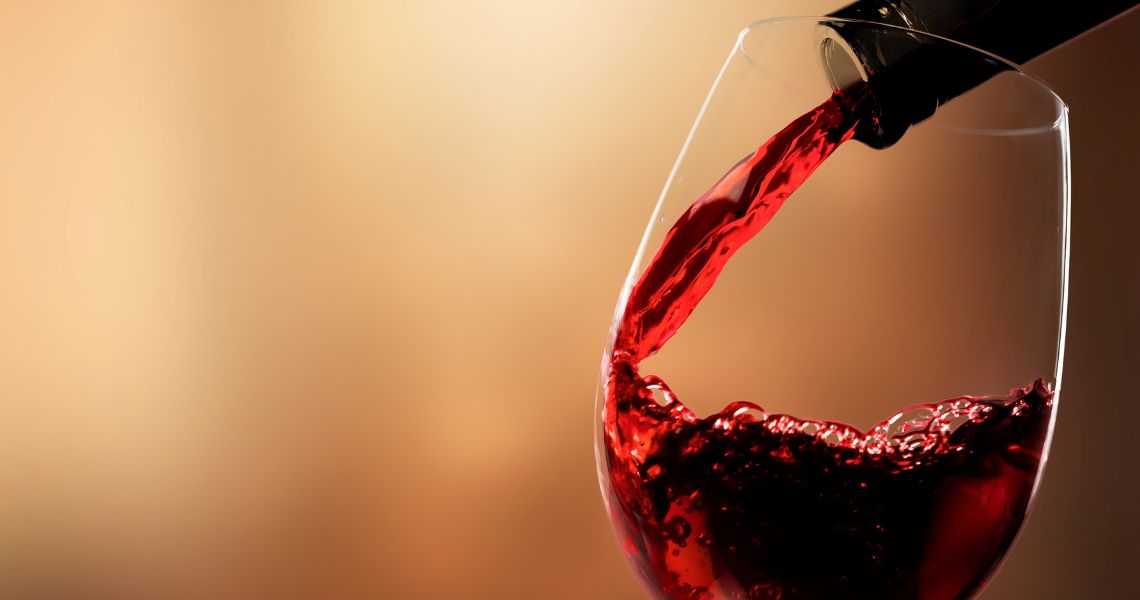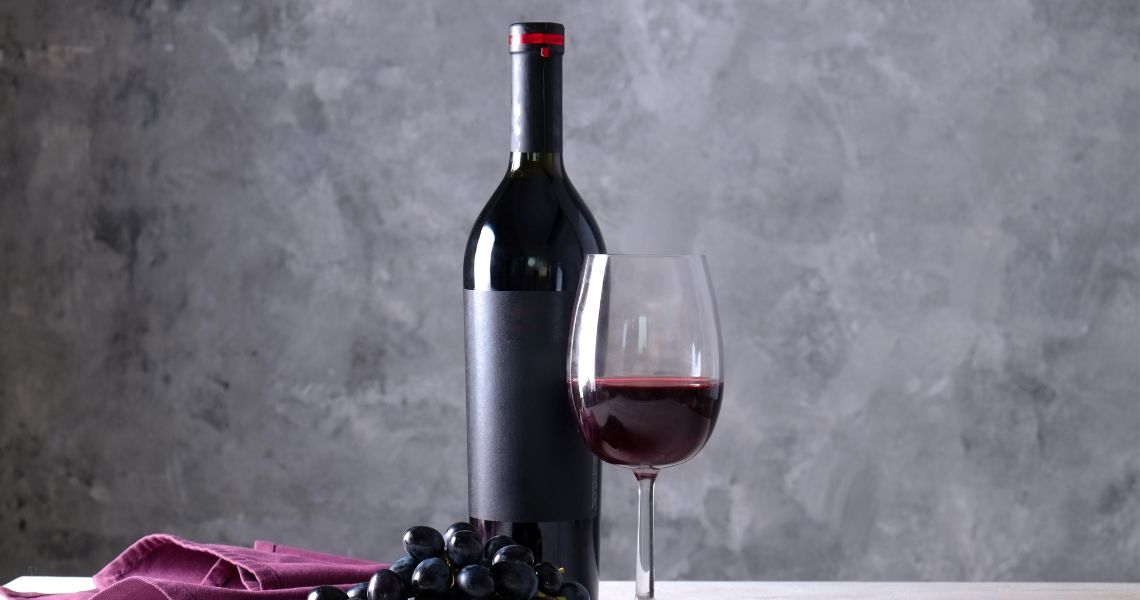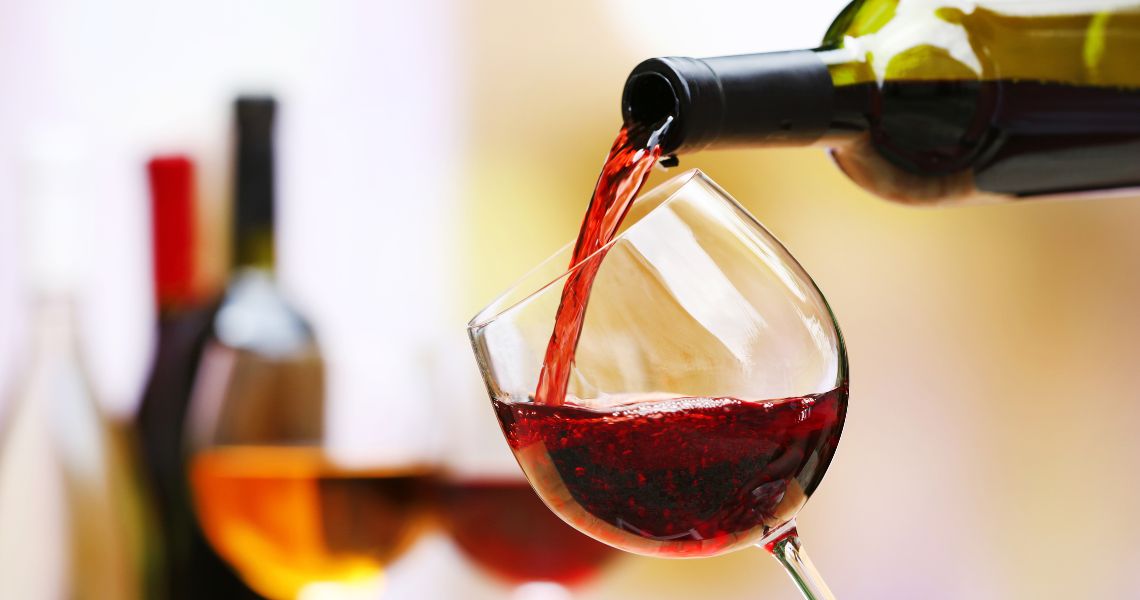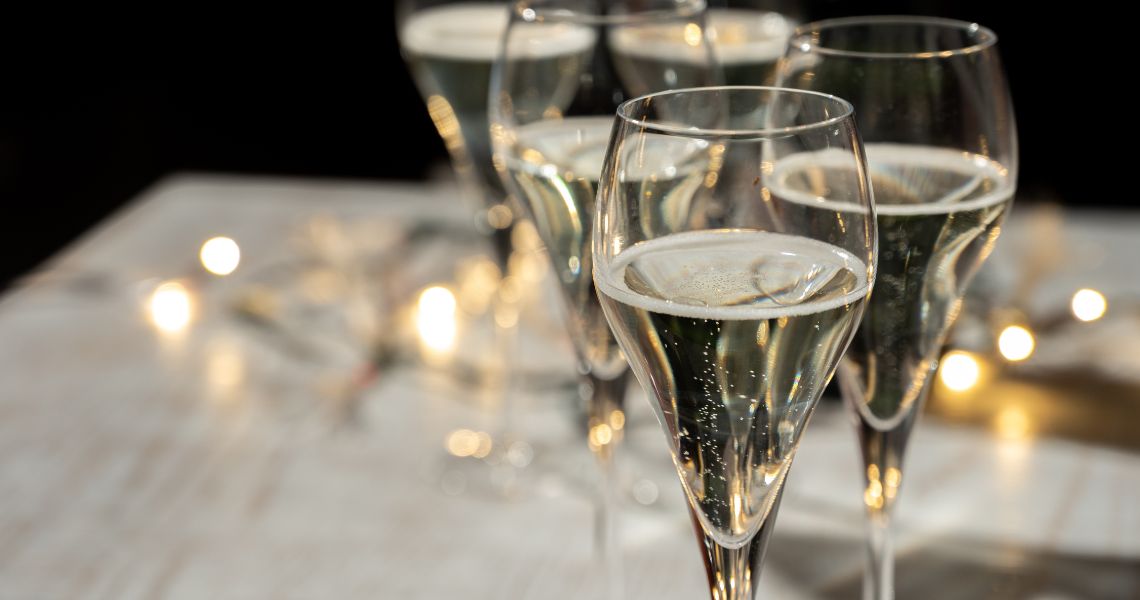Types of glasses and which one to use for each wine
Discover wine glass types: flute, standard, tulip and more. Find out about their uses and choose the right one for each wine like a true connoisseur.

Did you know that the type of wine glass directly affects how we perceive the wine? The shape, size and design of the glass can change how we perceive the bouquet, flavour and texture of the wine we drink. In fact, just by serving the same wine in any old glass will be enough to notice the difference than when we serve it in the right type of glass.
Each part of the glass (from the bowl, the part containing the wine, to the stem) all play a role and affect how the wine breathes, which bouquets are released and which parts of the tongue the wine flows over. And that is the key, since the tip of our tongue detects sweetness, the sides detect acidity and the back detects bitterness. That is why choosing the right glass will help us enjoy each glass of wine as much as possible, albeit a sparkling wine, a delicate white or a full-bodied red.
Let’s take a look at the most common types of wine glasses and their features.

Bordeaux glass
Bordeaux glasses are one of the most widely recognised types in the world of wine, and are usually used to serve full-bodied read wines. They stand out for their surface area, wider at the bottom and narrower at the top, which favours the quick release of all the bouquet and flavours, particularly with more complex, stronger wines. They also enhance how we perceive the organoleptic nuances of the wine. They are ideal for formal dinners, with red meat, roasts or hearty dishes.

Cabernet Sauvignon glass
Cabernet Sauvignon glasses are a specific type within the range of Bordeaux glasses. The bowl is sufficiently wide to contain the wine and allow it to breathe. It oxygenates properly and releases the more intense bouquets. The generous size of the glass also emphasises the fruitiness of the wine and minimises any bitterness. It takes its name from the Cabernet Sauvignon grape variety, used to make typically full-bodied and well-structured red wine. They are ideal glasses for wine tasting, well suited to strong wines paired with highly flavoured dishes.

Burgundy glass
Burgundy glasses have a wider, more rounded bowl than Bordeaux glasses, meaning there is a larger area of contact between the wine and the air. This helps the wine to breathe and oxygenate, allowing full expression of all its bouquet. This type of glass is particularly well suited to serve Burgundy red wine, such as the Pinot Noir variety. This wine goes well with more subtle dishes or at wine tasting sessions.

Flute glass
Flute glasses are usually used to serve sparkling wine and are easily recognisable because of their tall, narrow shape. It is precisely due to the shape that the bubbles remain in the wine and are released over a longer period. The bowl, very narrow in diameter, channels the bouquet directly to the nose so that the more delicate nuances of the wine, such as the effervescence, are highlighted. It also reduces exposure to the air, avoiding excessive oxidation, thereby conserving the natural freshness of the wine. It is a classic glass for celebrations, toasting and to accompany hors d’oeuvres.

Tulip glass
Tulip glasses are easily recognisable. They are small compared to other wine glasses and have a small, conical bowl which opens slightly towards the rim. They also have a long stem meaning the glass can be held in our hand without transferring our body heat to the wine. They are commonly used at wine-tasting sessions, particularly when the aim is to emphasise bubbles and bouquet.
Choosing the right glass is not just a matter of aesthetics, but a fundamental part of the wine experience. Each shape and detail, from the stem to the rim directly affect how we perceive the bouquet, flavour and texture of the wine. Knowing about wine glasses and when to use each type will help you enjoy your wine to the full.
What do you think about?
Share comments, opinions and tricks with the Community







